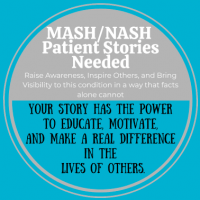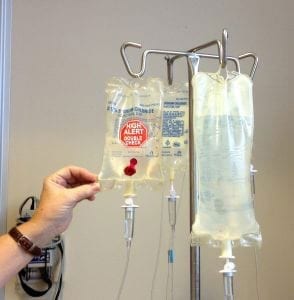According to a press release from Syndax Pharmaceuticals, the developer of Revumenib, the drug met its primary endpoint resulting in complete remission (CR) or CR with partial recovery. Relapsed or refractory NPM1 patients showed a response also.
The FDA has approved Revumenib (Revuforj) for the treatment of adult and pediatric patients who are at least 1 year of age with refractory or relapsed acute myeloid leukemia (AML) and a vulnerable NPM1 mutation in cases where there is no satisfactory treatment.
This approval is supported by the findings of a new drug application (NDA) submitted June 25, 2025, and findings of the NCT04065399 trial. Seventeen percent of patients who had been dependent on receiving platelet or red or white blood cell transfusions became independent of the transfusions. Among patients who achieved a CR or CRh the median time to response was 2.8 months.
The Revumenib prescribing information includes warnings and precautions.
Additionally, the recommended dose of Revumenib varies by patient weight and concomitant use of strong CYP3A4 inhibitors. It is suggested that hematologists consult the Revumenib prescribing information.
AUGMENT Trial Design
Revumenib previously received FDA approval in November 2024 for adult and pediatric patients aged 1 year and older with relapsed/refractory acute leukemia harboring a KMT2A translocation, based on earlier AUGMENT-101 results. The study enrolled patients at least 30 days old with relapsed/refractory KMT2A-rearranged or NPM1-mutant AML, acute lymphoblastic leukemia, or mixed-phenotype acute leukemia
Patients achieving a partial response or better were permitted to proceed to hematopoietic stem cell transplant, with the option to resume Revumenib if a composite complete response (CRc) was achieved post-transplant. The primary end points of AUGMENT-101 included CR or CR/CRh, along with safety. Secondary end points included CRc, objective response rate (ORR), TTR, and duration of response.
Efficacy Results in NPM1-Mutant AML
Patients had previously received a median of 2 prior lines of therapy that included venetoclax, FLT3 inhibitors and HSCT. The median time to ORR was 1.8 months.









